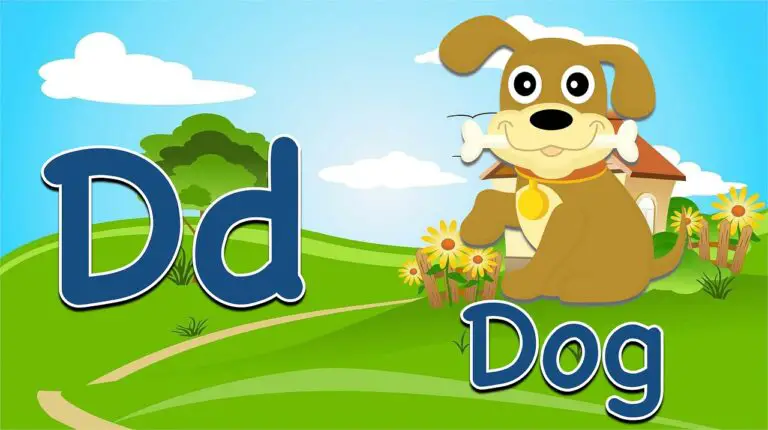Everyone knows about cooking. Most people do it regularly and those who don’t will have watched it a lot, and benefitted from its results!
That’s why it’s one of my favourite topics to teach in English. It’s a little different to teaching about food because there are more verbs involved, but it’s still full of opportunities for fun activities.

So forget about bland worksheets and flavourless grammar drills and turn your attention to these five ideas to spice up your classes!
1. Cooking blog/vlog
Cooking happens all the time. Get your students to capture the cooking that goes on at home and share it with the class.
It doesn’t matter if they do the cooking themselves, or watch someone else do it. All they have to do is take some photos (or videos) and explain everything that happened.
A photo with some written explanations and a recipe is one way of doing it, or students can film themselves narrating important moments and put them together in a short video.

Obviously, this is a homework activity, but in class you can spend plenty of time talking about the different actions (chop, boil, sprinkle, etc.), measurements and timings.
This may take a while, so if you have a group of 5+ students, don’t have them all do it at the same time. Ask a few of them to do it before the next session, then another batch for the session after, and so on.
What I really like about this is students learn more than just English – they see how people from other families and cultures prepare their food. You might learn something, too!
2. The Magic Saucepan
The Magic Saucepan is a fun game I came up with for kids, but you could use it for older students, too. Use a small saucepan, if you have one, and get a wooden spoon. That always gets kids excited.
Then get some sheets of paper and cut it up into lots of small slips, big enough to hold a couple of words.
Get students to write a variety of food words on the slips, then fold them in half twice, so the word is hidden. Put all the slips in the saucepan. You need quite a lot of words – enough to fill up the saucepan to a decent height.

Now, use the wooden spoon to gently mix the paper slips as if you’re cooking something. You can let students do this as well, but make sure they don’t mix too aggressively or they’ll mangle all the paper slips.
After a bit of mixing, students can take it in turn to pull out three random slips from the pan. They open the slips and read out what food they got. This is their meal.
For lower-level students, just saying the words and imagining each food on a plate or in a bowl is enough.
I like to challenge them, though. Get them to imagine how they would prepare a special meal with the three ingredients.
Let’s say they drew ice cream, bread and carrots. What could they make? Maybe they could create a sandwich by spreading the ice cream and grating the carrots on top!
Combining unusual foods is great fun. You can’t always find a way of mixing them creatively, but let students try to use cooking action verbs and see what they come up with! Who knows, they may even come up with something tasty!
3. Role play
I’m a huge fan of role play for any topic. Cooking is one of those that lends itself to fun situations: a TV cooking competition, a chef teaching their apprentice, or a mishap in the kitchen. There are plenty of opportunities!
What I love about role play is that it’s completely improvised. That means students rapidly develop fluency because they need to find something to say on the spot. Yes, it’s a bit stressful at first, but with a teacher to guide them, students improve in no time.
That said, it’s not for absolute beginners or very young kids. You need a certain level of speaking ability to get going, and a maturity level capable of dealing with such an activity.
Here’s a video about why I love role play so much:
If you want some free cooking-themed role-play scenarios, sign up to the Enchanted ESL monthly newsletter. You’ll also get access to dozens more scenarios in a free ebook, plus all the ones I send out every month!
4. Crazy Chef
This is a fun game for active classes. It’s best with kids, although if your older students are up for a bit of silliness, they can play too.
Before playing, teach or elicit plenty of cooking verbs and give them a corresponding gesture (the gesture is usually easy to perform, like chopping vegetables or flipping pancakes). Here are some good verbs:
- chop
- slice
- peel
- fry
- put in the oven
- flip
- mix
- pour
- whisk
- measure
- stir
Students imagine they are working in a busy restaurant kitchen and have to do lots of cooking tasks. Get them all standing up with some table space, as if they had a work surface.

You are the lead chef, telling everyone what to do. Shout out commands using the cooking verbs and a type of food, e.g. “chop the carrots” or “measure a litre of milk”. If you find a good recipe before the class, you could use that as a guide – get students to follow all the steps with all the ingredients.
Do it at a high pace. Almost frantic. Really up the tension, as if the food has to be prepared in a very short time.
Some alternative variations:
- Turn it into a game of Simon Says
- Get students to give the instructions (best with more confident classes)
- Turn the tables and have students take turns giving YOU an instruction which you act out like a stressed chef.
5. Do some actual cooking in class
This activity is much more complicated than the rest and involves a lot of preparation. But if you can do it, the results will be amazing.
There are two situations where this is possible. The first is with you giving instructions and teaching students how to cook something, and the second is when students teach you.
Either way, you’re going to need at least rudimentary cooking facilities.
1. Teaching students to cook something
Usually, you’ll do this with a small group of kids or teenagers.
If you don’t have an oven or hob, make a salad. Chopping up vegetables, preparing dressings and arranging it all on a plate is a pretty good option for younger students and can all be done with basic utensils on any table.

Or if you have ovens available, cookies or other quick baked goods are ideal.
Make sure you have a simple recipe students can follow and that it won’t take longer than the duration of the session (also account for some preparation and cleanup time!)
WARNING: When doing any sort of cooking activity in class, check beforehand for any allergies.
2. Students teach you to cook
A few years ago, one of my adult conversation students taught me how to cook a Spanish omelette. It was a fantastic class because he learned many cooking-related words we never would have covered, and developed a lot of fluency in explaining things to me. Plus, I got a free cooking lesson!
Not everyone will want to do this, or have time for it. So it does very much depend on your students. And it only really works with an individual or small group.
Also, there’s a fair amount of preparation needed if the student is cooking outside of their own kitchen – what facilities are available? Who’s going to buy the ingredients?
A lot to think about, but well worth the effort!
Conclusion
This list is a smorgasbord of activities. Not everything will be appropriate for your particular students, and that’s fine.
If you see something that might work, but isn’t quite how you’d do it – change it! Adapt and innovate and tailor everything around what your students need – you know them much better than I do!
And enjoy yourself. Cooking is something everyone can share no matter your age or English ability!







